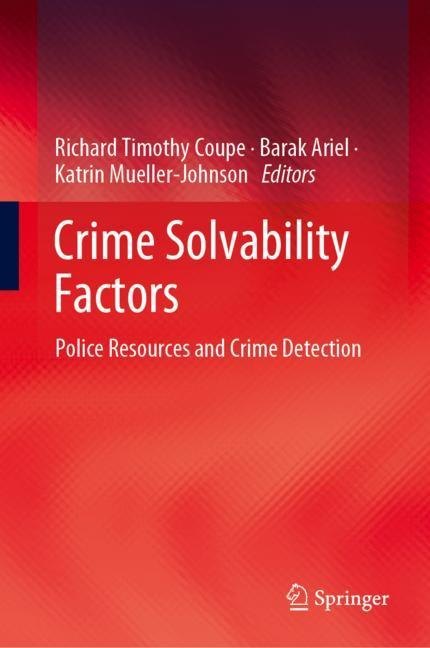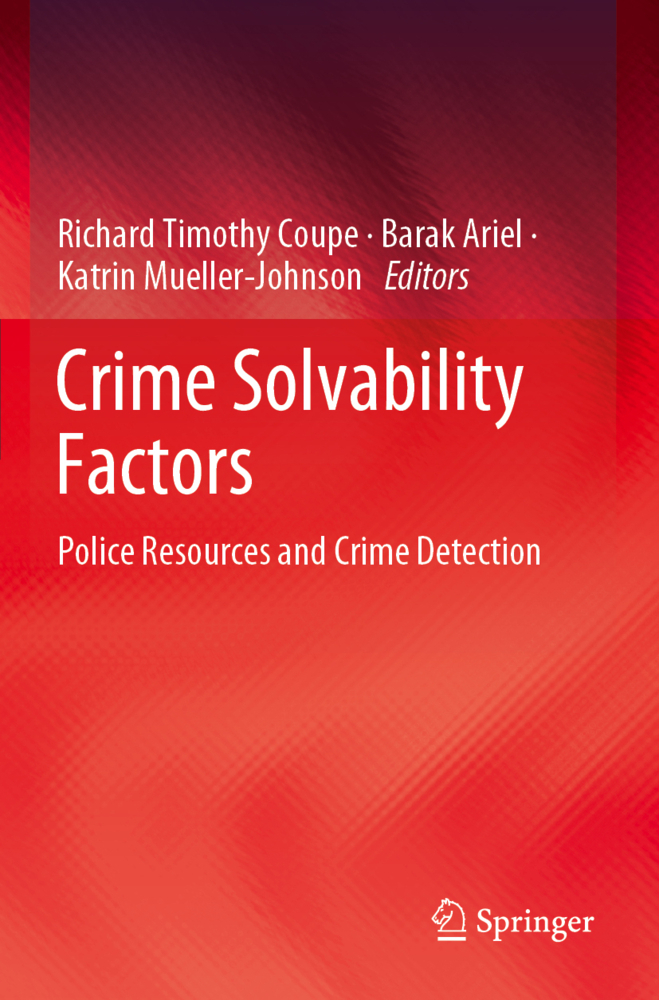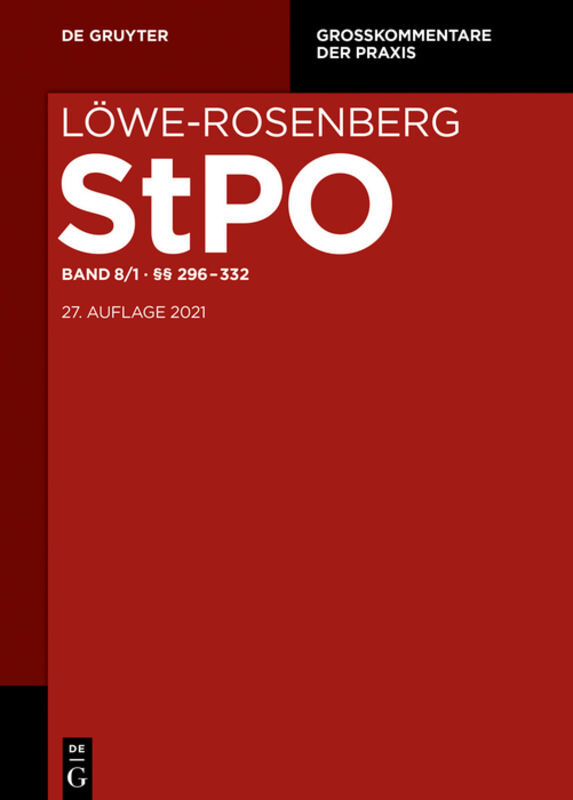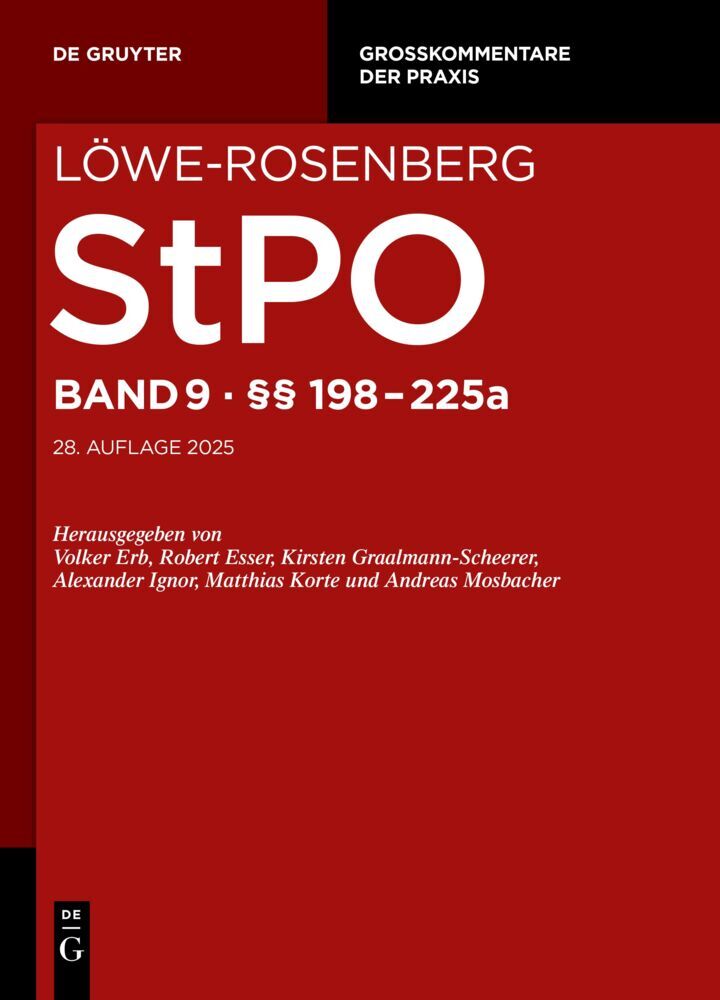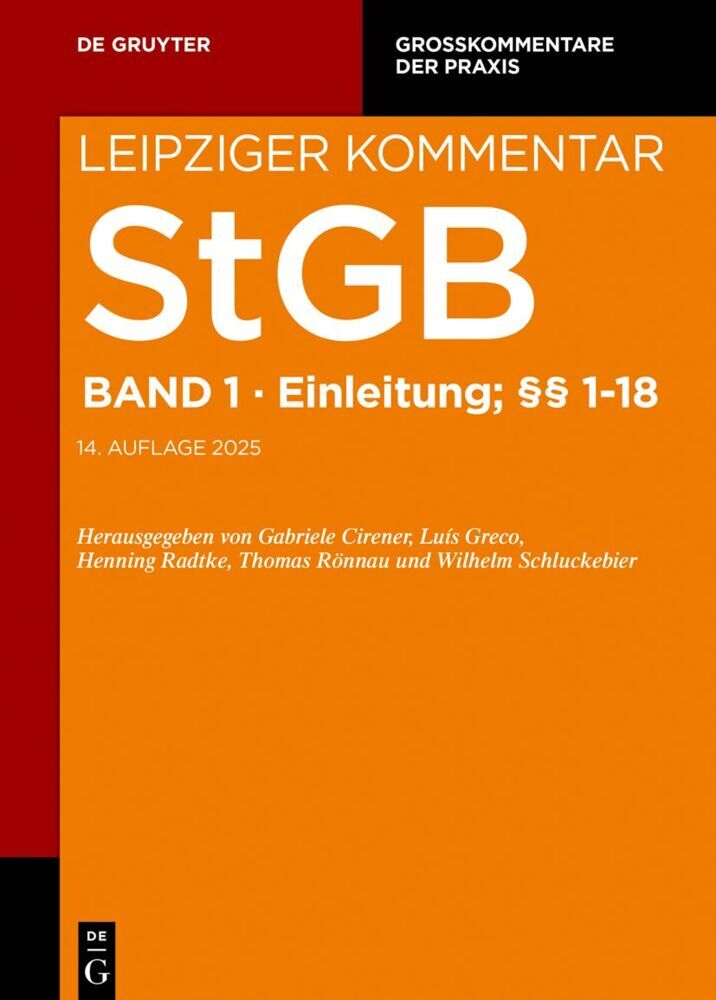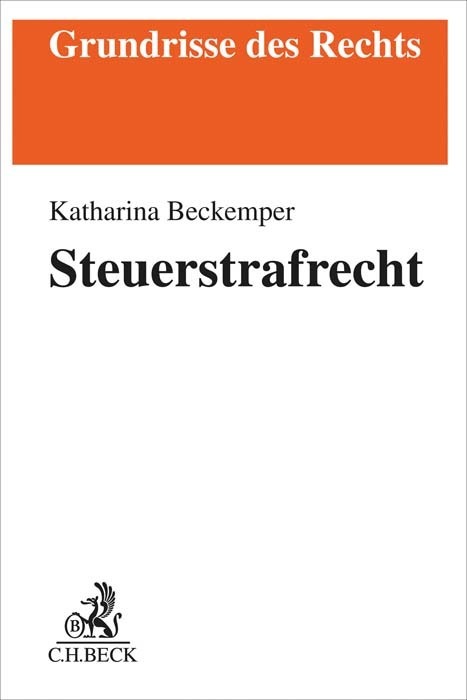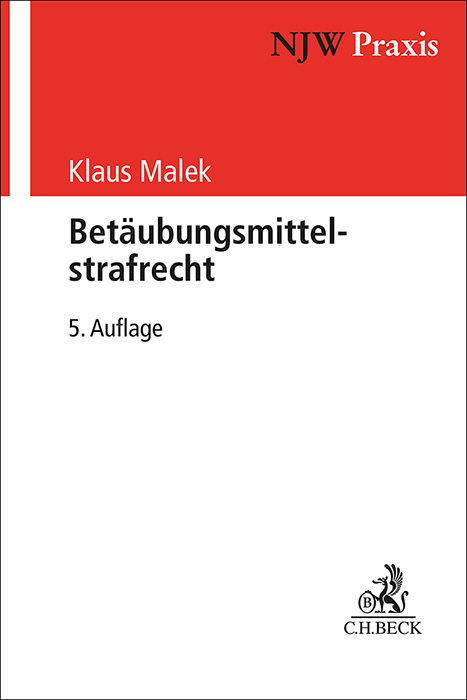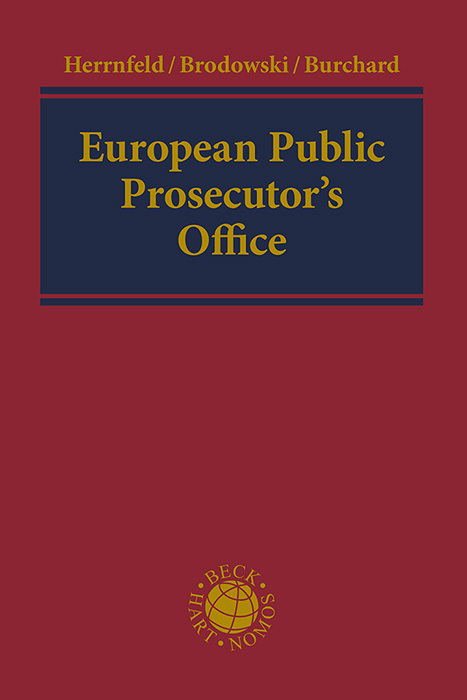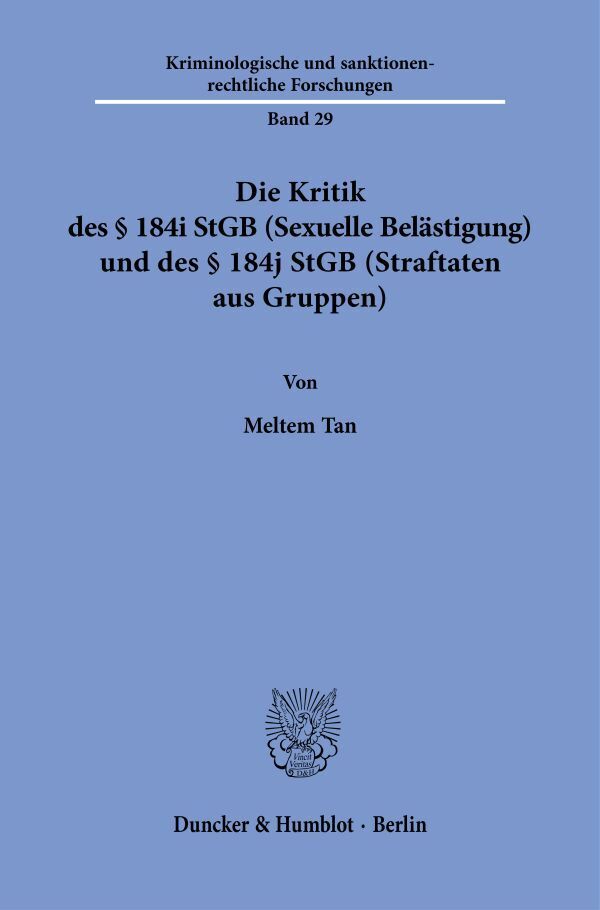Crime Solvability Factors
At a time when resources are scarce, not every crime may be investigated as fully as is desirable. Police generally use experience to guide their case screening. This volume demonstrates a new, research-based approach, exploring innovative research on crime solvability as a factor for crime investigation and prevention.
Crime solvability is the interplay between forensic science, decision-making, and prediction to determine the likelihood that a crime will be solved. This text discusses recent studies of how solvable cases may be identified, using original sets of police data. It focuses on high-volume crimes such as burglary, assault, metal theft, and cyberfraud. By targeting more cases that can be solved, police departments can manage their resources better and have the greatest effect on arrests, as well as preventing future crimes by these offenders.Topics covered include:
- Research into the effects of crime solvability and detection outcomes.
- Studies ranging from less severe, high-volume crimes to severe offences.
- Effects of resources on investigating and detecting crime.Theoretical resourcing-solvability model of crime detection.
- Detection complements preventive approaches in containing criminal activity.
- Chapters on incident solvability and measured use of resources in different investigative stages.
- Predictive approaches for improving crime solvability.
- Property, violent, and sexual offenses.
Crime Solvability Factors: Police Resources and Crime Detection will be of interest to researchers in criminology and criminal justice, particularly with an interest in quantitative and experimental research and police studies. It will also be of interest to policymakers and police organizations.
Timothy Coupe researches and lectures criminal justice management, crime investigation and detection in the Institute of Criminology at Cambridge University. He previously worked in operational research, computing science, business management and urban and regional planning. He has been involved in applied research into improving policing performance for the U.K. Home Office and with police services in the U.K., Sweden, Denmark and Australia. He has consultancy experience in a variety of public organisations and commercial companies on the cost-effective use of resources and improving efficiency. He is an advocate of the benefits of using scientific analysis and prediction to complement professional experience for improving the way organisations are managed.
Barak Ariel is a lecturer in the Police Executive Programme. Among other topics, Barak provides seminars on research methods, systematic reviews and statistical analyses. As the chief analyst of the Jerry Lee Centre of Experimental Criminology, Barak is involved in several field experiments on police tactics in partnership with forces in the UK and abroad, including hotspot policing, restorative justice, use of cameras in police operations, informal crime control, and tax compliance. Barak is working in collaboration with Professor Lawrence Sherman and Dr. Heather Strang on Restorative Justice Trials, as well as in collaboration with Professor David Farrington on blocked randomised experiments. Barak is also working on a series of systematic reviews for the Campbell Collaboration, as well as other methodological issues related to experiments in Criminology.
Katrin Mueller-Johnson is a Senior Lecturer in Applied Criminology at the Institute of Criminology at the University of Cambridge.Coupe, Richard Timothy
Ariel, Barak
Mueller-Johnson, Katrin
| ISBN | 9783030171605 |
|---|---|
| Artikelnummer | 9783030171605 |
| Medientyp | E-Book - PDF |
| Copyrightjahr | 2019 |
| Verlag | Springer-Verlag |
| Umfang | 454 Seiten |
| Sprache | Englisch |
| Kopierschutz | Digitales Wasserzeichen |

